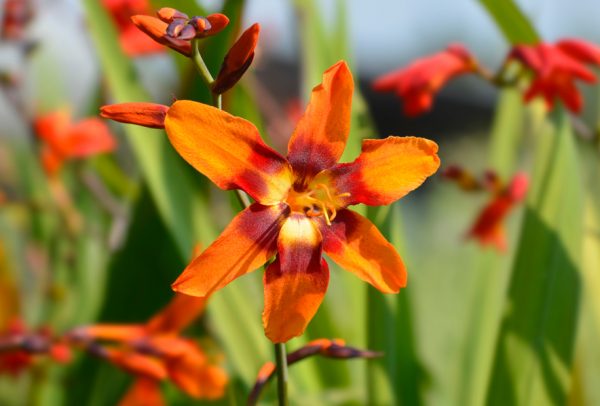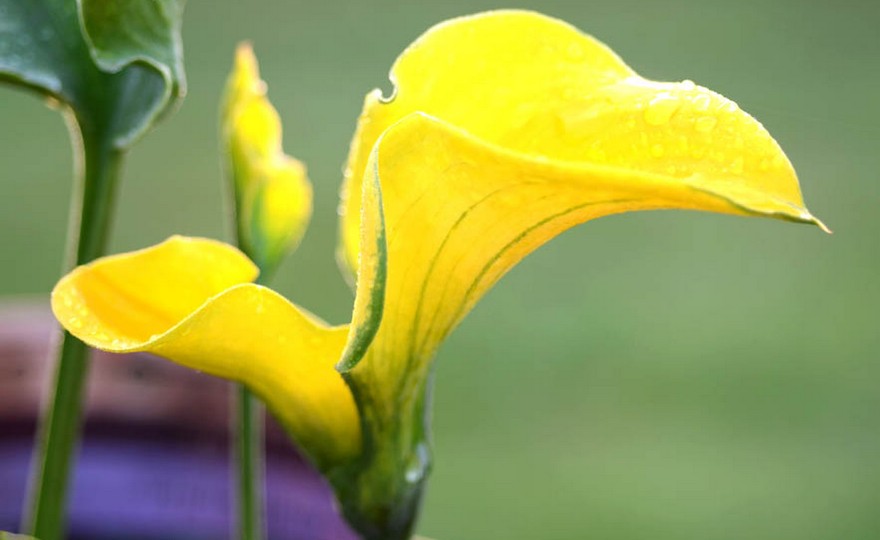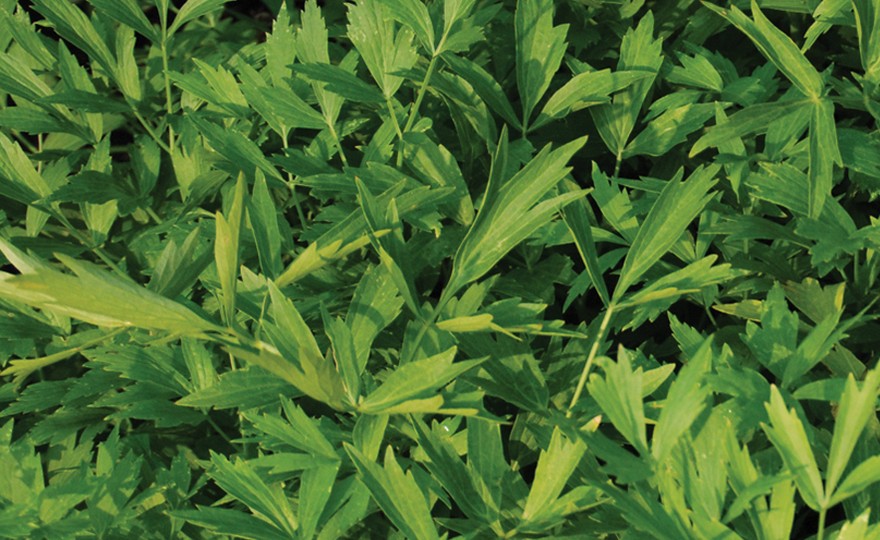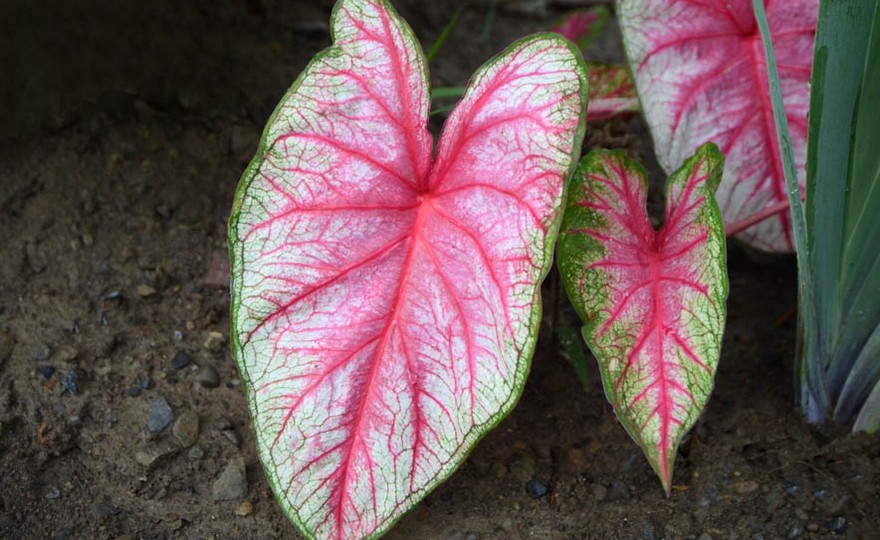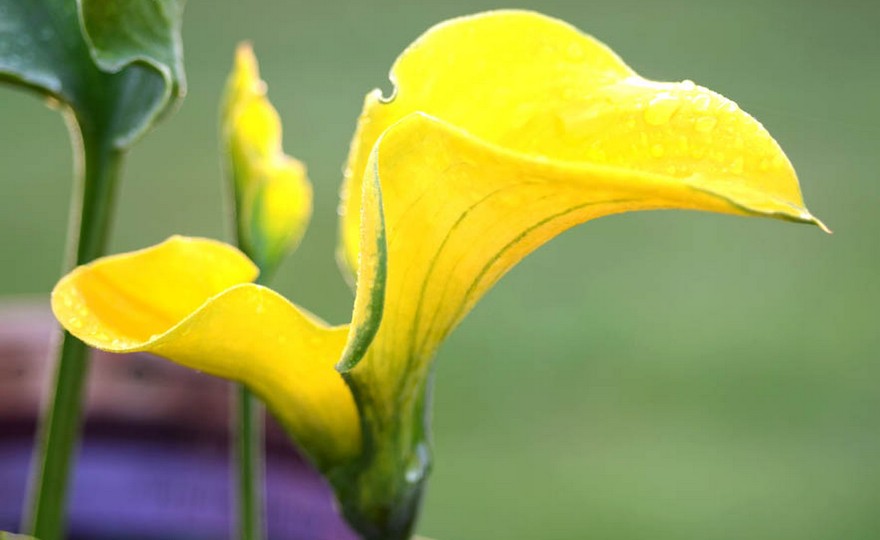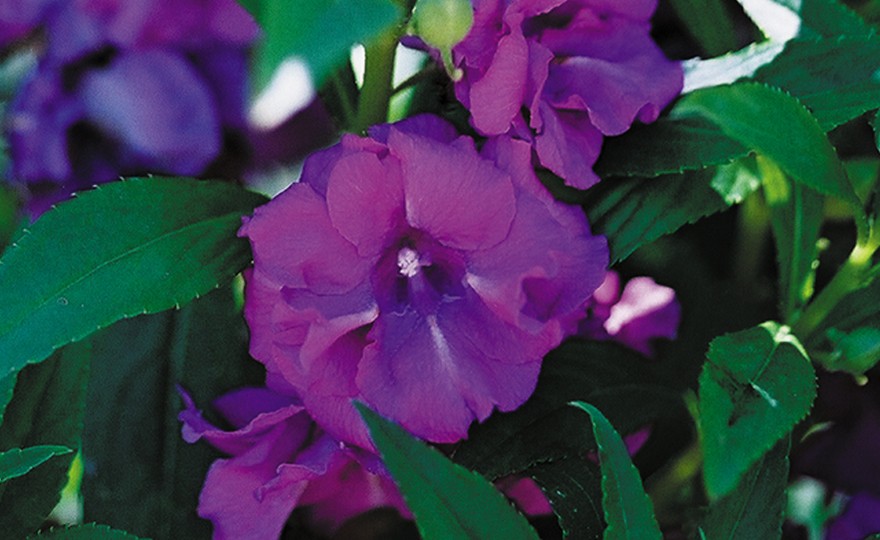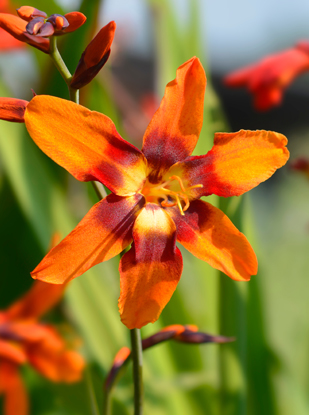
Crocosmia, Emily McKenzie
-
- **SOLD OUT** HOLIDAY GIFTS **SOLD OUT**
- **SOLD OUT** Holiday Books **SOLD OUT**
- **SOLD OUT** Holiday Citrus **SOLD OUT**
- **SOLD OUT** Holiday Gift Certificates **SOLD OUT**
- **SOLD OUT** Holiday Paperwhites **SOLD OUT**
- **SOLD OUT** Holiday Praying Mantis Kits **SOLD OUT**
- **SOLD OUT** Holiday Tools **SOLD OUT**
- **SOLD OUT** Holiday Wildflower Mixtures **SOLD OUT**
- Citrus Trees
- **SOLD OUT** - Vegetable and Herb Plants - Mix & Match any 6 Plants for $50 - Only Shipped in Quantities of 6
- Elephant Ear Plants & Roots
- **SOLD OUT** 4-Inch Pot Herb Plants **SOLD OUT**
- Rare Plants
- **SOLD OUT** Vining Plants **SOLD OUT**
- Asian Seeds
- Beneficial Bugs
- Books
- Citrus Fertilizers
- Cold-Treated Bulbs - SEE BULBS FOR FALL PLANTING TO ORDER
- Cold-Treated Allium
- Cold-Treated Chionodoxa
- Cold-Treated Crocus
- Cold-Treated Hyacinthoides
- Cold-Treated Hyacinthus Orientalis
- Cold-Treated Narcissus
- Cold-Treated Cyclamineus Narcissus
- Cold-Treated Double Heirloom Narcissus
- Cold-Treated Jonquilla Narcissus
- Cold-Treated Large Cupped Narcissus
- Cold-Treated Poeticus Narcissus
- Cold-Treated Small Cupped Narcissus
- Cold-Treated Species Miniature Narcissus
- Cold-Treated Split Cupped Narcissus
- Cold-Treated Tazetta Narcissus
- Cold-Treated Triandus Narcissus
- Cold-Treated Trumpet Daffodils
- Cold-Treated Ornithogalum
- Cold-Treated Rock Garden Iris
- Cold-Treated Scilla
- Cold-Treated Tulips
- Cold-Treated Emperor Tulips
- Cold-Treated Fringed Tulips
- Cold-Treated Green or Viridiflora Tulips
- Cold-Treated Lily Flowering Tulips
- Cold-Treated Parrot Tulips
- Cold-Treated Peony Flowering Tulips
- Cold-Treated Single Early Tulips
- Cold-Treated Single Late Tulips
- Cold-Treated Species Tulips
- Cold-Treated Triumph Tulips
- Flower Bulbs, Corms and Tubers
- Bulbs for Spring Planting
- Bulbs for Fall Planting - ALL BULBS AVAILABLE ARE COLD TREATED FOR PLANTING AS SOON AS SOIL CAN BE WORKED
- Fall Blooming Bulbs
- Garden Tools & Equipment
- Gift Certificates
- HHH Exclusive Wildflower Mixtures
- Wildflower Mixtures
- Heirloom Garlic
- Potatoes
- Roots & Sets
- Seeds
- Flowers
- Herbs
- Vegetables
- **SOLD OUT** HOLIDAY GIFTS **SOLD OUT**
-
- No products to compare
-
10 in stock
Quick Overview
CROCOSMIA, Emily McKenzie
Crocosmia are native to the coastal regions of South Africa. They were introduced into Europe and the British Isles during the latter half of the 19th century. In the spring, the corms (bulbs) should be planted 4-6 inches deep and 3-4 inches apart. They need well drained and organically rich soil. Emily McKenzie is a Montbretia Hybrid that was introduced into the United States in 1954. Her 6-pointed, star-shaped flowers have bright orange petals which intensify to deep orange forming a vivid orange circle which surrounds a sunshine yellow center. The plants reach a height of 24 inches and bloom during the late summer and early fall, just when the garden could really use a boost in color.
See the planting information provided in our description below.

Crocosmia, Emily McKenzie
Crocosmias, like dahlias, are some of the most underappreciated flowers in America. They are incredibly easy to grow, multiply rapidly and provide much needed color at the end of the summer when our weary gardens have nearly given up the ghost or succumbed to the weed gods. The plants belong to the Iris family and are very closely related to gladiolas.
Crocosmias are indigenous to the coastal regions of South Africa like many gladiolas. The name, Crocosmia, derives from the Greek krokos, or Latin crocus, (meaning “saffron”) and the Latin osme, (meaning “smell”). The reason for this naming is that the dried flowers, when immersed in warm water, smell strongly of saffron.
The dominant members of the genus, Crocosmia, are the Montbretia Hybrids. All of the Crocosmia cultivars that Harvesting History offers are Montbretia Hybrids. The Montbretia Hybrids were created circa 1880 by the French plantsman, Mr. Lemoine, who crossed two Crocosmia, C. aurea and C. pottsii. The resulting plants became the most famous Crocosmia of all time and were the parents of most of the Crocosmia available today.
Crocosmia have delicate, swordlike leaves which resemble small gladiola leaves. The plants produce a blossom spike which branches, unlike the gladiola spike, and is covered with brightly colored blossoms in red, yellow, rust and orange. A single stem can produce as many as 30 flowers. The stems rise from the center of the plants and at maturity for a graceful arch of intense color. The top of the arch is rarely taller than 24 inches.
One of the nicest features of these plants is that they are very clean and not plagued with insects or disease. They do best in full sun, but can also tolerate light shade. They multiply rapidly and should be lifted and thinned every 4-5 years.
Planting Crocosmias
Crocosmias should be planted or divided during the spring. They prefer a light soil which has been amended with some organic matter like compost, peat moss and/or manure (dehydrated cow manure or aged manure from a farm.). Most nurseries will tell you that Crocosmias are hardy from Hardiness Zones 7-9. I have been growing Crocosmias in Hardiness Zone 4, unprotected during the winter, for 10 years and they are doing fine. Crocosmias are very hardy.
The bulbs should be planted 4-6 inches deep and 3-4 inches apart in an area where they can be allowed to spread and where they are not subjected to strong winds.
Planting Crocosmias in Containers
Crocosmias can be grown easily in containers. An 8-inch diameter, 8-10 inch deep container will accommodate 8-10 corms. The containers should be filled with a sturdy, high organic matter soil like the one we describe below.
The Best Soil Mix for Containers
Into this soil mix, which approximately is 60% top soil, 20 % peat moss and 20% compost or manure, add ½ cup bone meal. Place 4 inches of soil in the container, arrange the corms and then fill the containers with another 4-5 inches of soil. Soak the soil, but do not allow the pot to stand in water. Keep the soil slightly moist at all times and fertilize with a blossom booster fertilizer like Jack’s Bloom Booster every 2 weeks.

